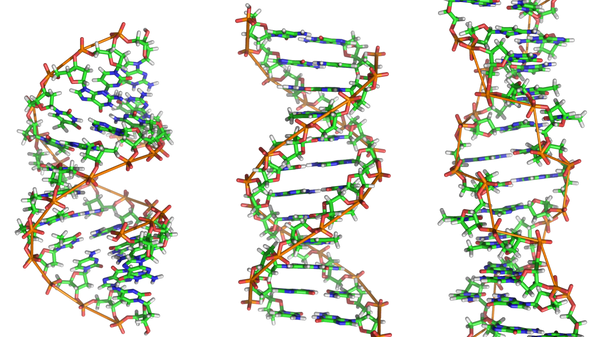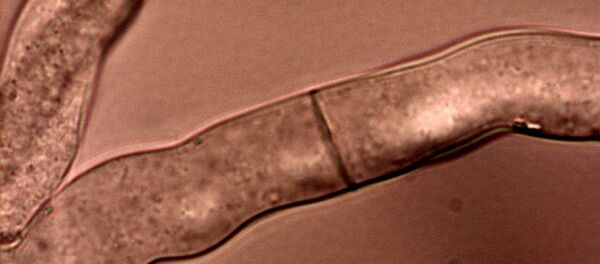"The origins of life required a means for information-containing molecules to compete with one another for survival and reproduction," they wrote in their paper, published on Monday in the PNAS journal.
"Using an analysis based on game theory, we can predict the situations in which cooperation, selfishness, or a mixture of the two is beneficial to the future evolutionary success of RNAs."
They found that within small networks of RNA, there are interplays between pairs of RNA molecules that involve both cooperation and selfishness.
"In some cases, we find that mixtures of different RNAs reproduce much better than each RNA type alone, reflecting a molecular form of reciprocal cooperation. We also demonstrate that three RNA genotypes can stably coexist in a rock–paper–scissors analog," they wrote.
They called this tendency "prelife game dynamics," or "chemical game dynamics," a new type of evolutionary game dynamics which illustrate how small networks of RNAs could have developed and evolved in an RNA world, before modern cells arose.





